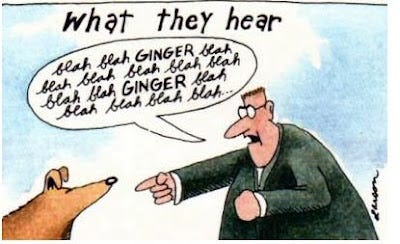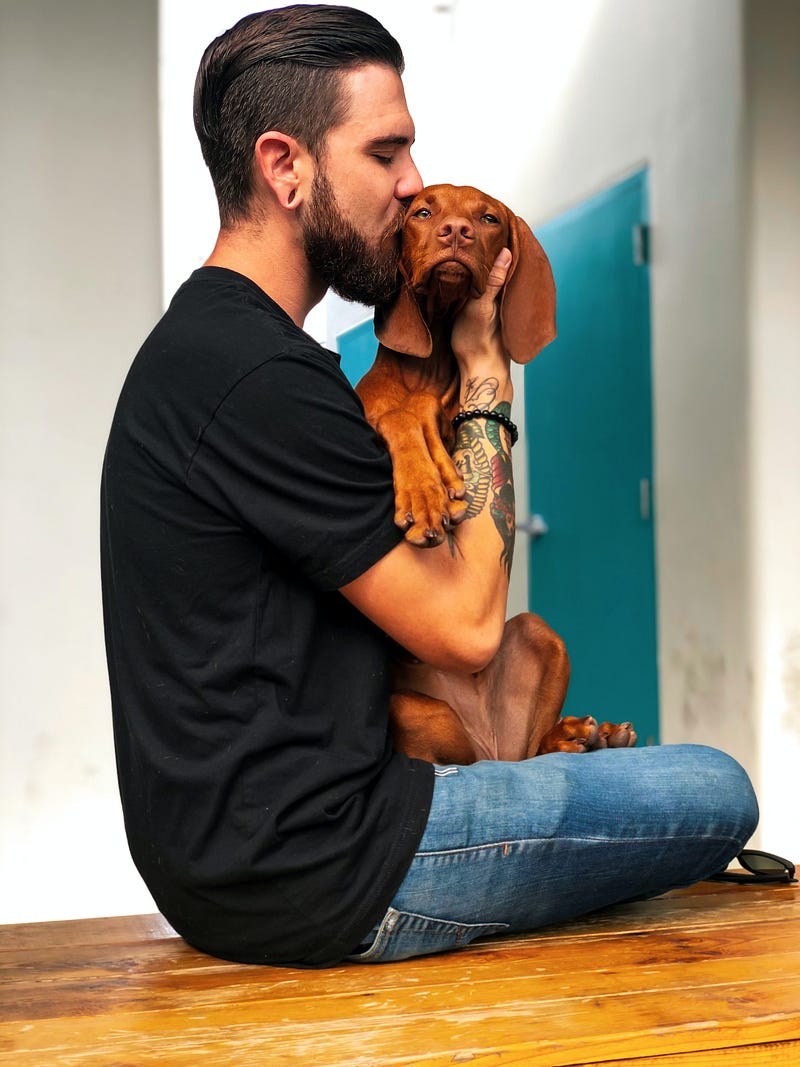Are Dogs Our Best Friends or Just Our Most Tolerant Companions?
Written on
Understanding the Canine Perspective
The bond we share with our dogs often feels like pure love—evident in their wagging tails and joyful greetings. However, have you ever considered that your dog might merely tolerate your presence? If our interactions are misaligned, it could alter the way we perceive this cherished relationship. The reason we often call dogs "man's best friend" is largely due to their remarkable ability to endure our quirks.
When dogs interact with one another, the dynamics are vastly different from human interactions. While we greet each other with handshakes or hugs, dogs engage in a rather unique way—by sniffing each other’s rear ends. It may seem trivial, but many people unwittingly expect their dogs to understand and respond to human-like behaviors.
Misinterpretations of Affection
Next time you're with a dog, observe how they utilize their front legs. While dogs have paws that resemble human hands in structure, the way they function is entirely different. The dexterity of human hands has led to various behaviors that dogs simply do not share. Overusing our hands when interacting with dogs can lead to confusion or even fear.
For instance, placing an arm around a dog's shoulder, which conveys affection among humans, can be interpreted as a dominant gesture in the canine world. Most dogs find this unwelcome, even if they do not display overt aggression. Thus, our attempts at affection might actually irritate them.

In professional dog training environments, minimizing physical interaction is often advised to foster a positive working relationship with dogs. A helpful tip is to approach unfamiliar dogs from below and offer gentle pets under the chin instead of reaching for the top of their heads. This makes your gesture far less intimidating.
Vocal Communication Challenges
If dogs had the ability to converse, they would certainly have a lot to say! Their vocalizations—barks, growls, and whines—are quite simple compared to our complex language. Unfortunately, this creates a communication gap, as dogs are left to decipher the myriad of words we use daily.
While dogs can learn keywords like "walk" or "treat," our lengthy verbal interactions can overwhelm them. Many dog trainers advise against repeating commands when the dog fails to respond. This repetition can diminish the command's value, leading dogs to ignore it altogether.

Our tendency to repeat commands can confuse dogs, leading them to view certain words as low-value if not accompanied by rewards. This lack of understanding regarding canine communication can result in misinterpretations of our intentions.
The Problem with Face-to-Face Interactions
Humans often express affection through face-to-face contact, which can include kissing or nuzzling. However, for dogs, this type of interaction is often viewed as rude or even threatening. When dogs find themselves in close proximity to a person's face, it can lead to discomfort or aggression.
During a recent encounter, a woman approached my dog and invaded his personal space. His reaction—a gentle nudge—was his way of asserting boundaries. Most dogs do not appreciate such close interactions, as they can feel vulnerable and threatened.

While some dogs may tolerate face-to-face interactions, it’s often better to engage with them in ways they find comfortable. The goal isn't to eliminate affection altogether but rather to ensure that our interactions are mutually enjoyable.
Conclusion: Building a Better Relationship
This article aims to shed light on the behaviors that may inadvertently offend our furry friends. Dogs are remarkably patient, often putting up with our kisses and chatter. It is essential to be mindful of how we interact with them, ensuring we foster a pleasant and agreeable relationship.
Dogs have been our companions for thousands of years, and their ability to tolerate human behavior is a testament to their adaptability. As devoted companions, they deserve our respect and consideration in return.
Explore the deep bond between dogs and humans in this insightful video, "Dogs & Humans: What Makes Us Natural Best Friends (Pt 1/3)."
Discover how dogs evolved into our best friends in "How Dogs Became Our Best Friends (ft. MinuteEarth!)."